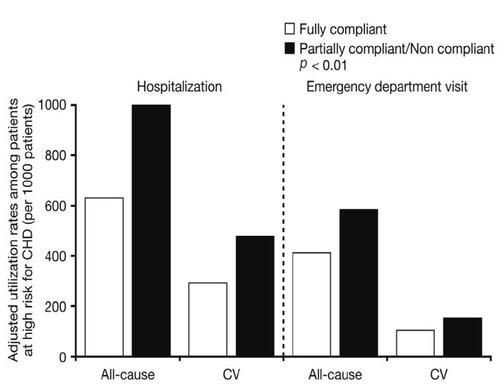Figures & data
Table 1 The new International Diabetes Federation definition for the metabolic syndrome (CitationIDF 2006)
Figure 1 Cumulative effects of modifiable risk factors in the INTERHEART study – risk of acute MI associated with exposure to multiple risk factors. Copyright © 2004. Reprinted with permission from Elsevier from CitationYusuf S, Hawken S, Ounpuu S, et al 2004. Effect of potentially modifiable risk factors associated with myocardial infarction in 52 countries (the INTERHEART study): case-control study. Lancet, 362:937–52.
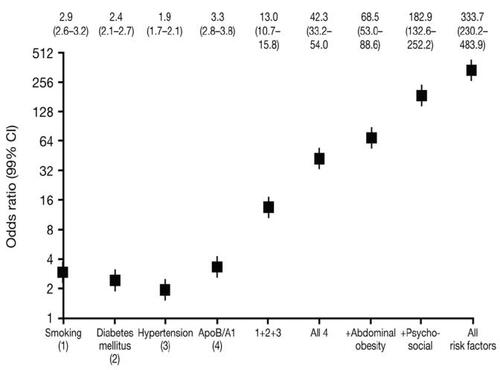
Figure 2 Relative risk for cardiovascular disease mortality in men (aged 42 and 60 years at baseline) with and without metabolic syndrome. Copyright © 2002 American Medical Association. All rights reserved. Reprinted from CitationLakka HM, Laaksonen DE, Lakka TA, et al 2002. The metabolic syndrome and total and cardiovascular disease mortality in middle-aged men. JAMA, 288:2709–16.
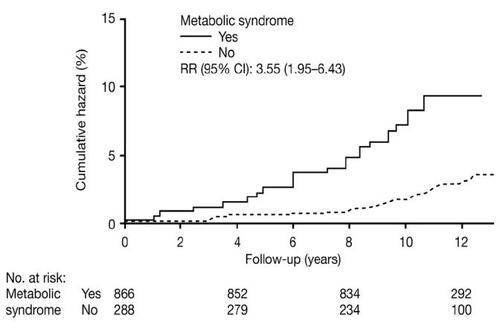
Figure 3 Change in risk for cardiovascular disease deaths with increasing age (based on the European Society of Cardiology (ESC) SCORE chart) for a woman in a high-risk population who smokes and has high cholesterol and high blood pressure, compared with a nonsmoker with lower cholesterol and blood pressure values. Data drawn from CitationConroy RM, Pyorala K, Fitzgerald AP, et al 2003. Estimation of ten-year risk of fatal cardiovascular disease in Europe: the SCORE project. Eur Heart J, 24:987–1003.
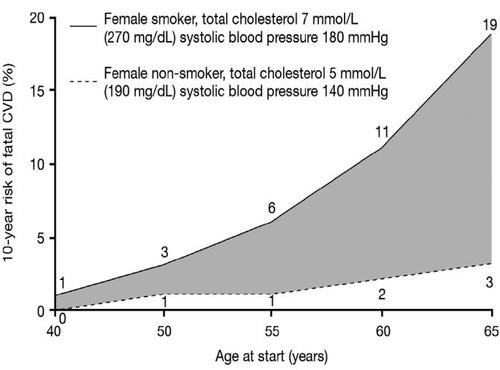
Table 2 Major intervention strategies and recommendations for the management of the individual risk factors associated with cardiovascular and metabolic disease
Figure 4 Comparison of actual versus perceived 10-year risk among 80 Swedish general practitioners when asked to estimate the risk of specific patient profiles. Data drawn from CitationBacklund L, Bring J, Strender L-E. 2004. How accurately do general practitioners and students estimate coronary risk in hypercholesterolaemic patients? Primary Health Care Research and Development, 5:145–52.
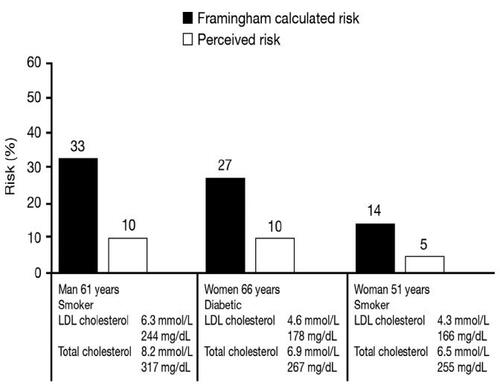
Figure 5 Emergency resource utilization in fully compliant and partial/non compliant patients with high risk for coronary heart disease. Data drawn from CitationGoldman DP, Joyce GF, Karaca-Mandic P. 2006. Varying pharmacy benefits with clinical status: the case of cholesterol-lowering therapy. Am J Manag Care, 12:21–8.
